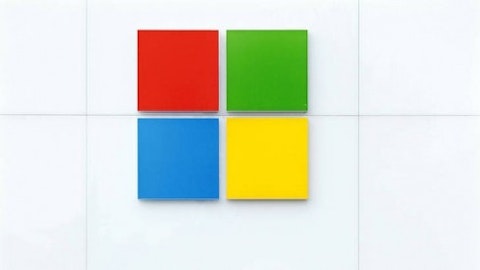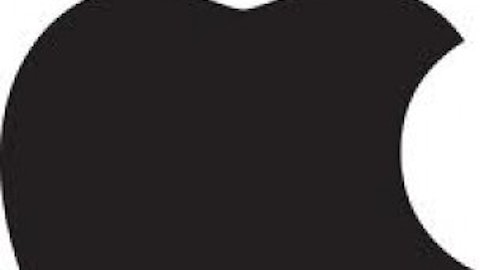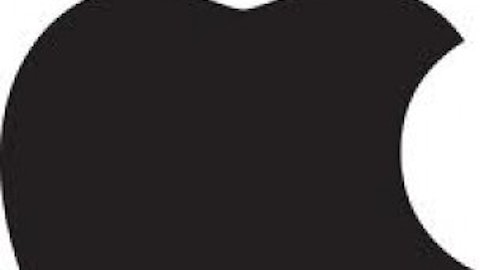Microsoft Corporation (NASDAQ:MSFT) CEO Steve Ballmer had been rumored to be working on a restructuring of the mammoth Microsoft operation, though there was talk that any such announcement would come at the start of this month; learn the details here. But as last week came and went, the speculation died down. While no one expected a full-blown press conference if such an announcement was being made, there was expected to be some kind of press release or statement from Ballmer regarding the changes.
The day finally arrives

As one tech writer put it, “When I covered the company day to day, the best way to get dirt on Office was to ask the Windows guys and vice versa. Clearly, after decades of that, and faced with huge and capable (and well funded) competition – Google, Apple, Amazon et al., Microsoft Corporation (NASDAQ:MSFT) can’t afford to let that behavior stand,” said Barbara Darrow, who writes for GigaOM.
The new Microsoft
The new Microsoft Corporation (NASDAQ:MSFT), according to Ballmer, will have on unified strategy across the company and “(w)e will see our product line holistically, not as a set of islands.” The divisions will now be split up and organized under four groups: Operating System, Apps, Cloud and Devices. Each of the old divisions’ marketing and legal teams will also consolidate under a single function, rather than having each group with its own staffing.
“We are rallying behind a single strategy as one company – not a collection of divisional strategies,” Ballmer wrote. “Although we will deliver multiple devices and services to execute and monetize the strategy, the single core strategy will drive us to set shared goals for everything we do.”
Reactions
There have been many reactions to Microsoft Corporation (NASDAQ:MSFT)’s decision, from thoughts that it “signals urgency” to realizations that it simply “compounds an existing problem.” According to the Fool’s Alex Dumortier, this issue lies in Microsoft Corporation (NASDAQ:MSFT)’s inability to place power in someone else’s hands aside from Ballmer. With plenty of uncertainty surrounding Ballmer himself, it may be tough for some investors to swallow the fact that the company appears to be going “all-in” on the exec, so to speak.
Mr. Market sure doesn’t thinks so, at least. Shares of Microsoft actually rose 2.8% on the Thursday of the announcement—and were essentially flat to close out the week—as shareholders demonstrated optimism that Microsoft could boost efficiency through reorganization.
The goal
With gross margins at a 10-year low (75.3% ttm), it was clear that Microsoft should attempt something. The interesting thing—that many analysts aren’t talking about—is that Ballmer’s “One Microsoft” will push a product-friendly ecosystem much in the way that Apple Inc. (NASDAQ:AAPL), which prides itself on its devices’ interconnected functionality.
While Apple Inc. (NASDAQ:AAPL) isn’t exactly a direct comparison to Microsoft, it’s clear which one the markets have preferred in 2013, as shares of the latter are up more than 33% and just off their 10-year highs. Apple, on the other hand, is down nearly 20% year-to-date, and at the end of the day, it comes down to margins, just as most tech investments do.
Apple’s gross margins are down by a little over 4 percentage points in comparison to where they sat one year ago, and while a low-cost iPhone would intuitively suggest that further margin compression is in the cards, there’s evidence to suggest otherwise. According to Katy Huberty of Morgan Stanley, “Based on a 100M C2H13 unit build (vs. our current 77M) with 50% mix of a new low-priced iPhone at a $399 starting price point, we see 6% gross profit dollar and 10bps gross profit margin upside to our C2H13 model.”
In other words, Apple’s best bet at recapturing +40% gross margins may be in the emerging markets with a lower-priced iPhone, while Microsoft’s restructuring certainly has many investors hoping the move can turn the ship around.
The wild card
From Microsoft’s perspective, the wild card is Nokia Corporation (ADR) (NYSE:NOK). We’ve discussing this situation plenty in the past, and it’s come out that both companies were in “advanced-stage merger talks” as recently as June. While simple economics may have prevented a merger so far—more specifically, Microsoft’s inability to price Nokia Corporation (ADR) (NYSE:NOK) at the point it deemed itself worthy—it’s possible that a deal might not be dead just yet.
Nokia has been generating buzz itself lately for its decision to buy out Siemens AG (ADR) (NYSE:SI) from the duo’s Nokia Siemens Networks (NSN) joint venture. Upon regulatory approval, NSN immediately gives Nokia a major boost in China, as it had reached a deal with China Mobile Ltd (ADR) (NYSE:CHL) to establish close to 200,000 LTE base stations in the country.
Nokia Siemens Networks generated more than $3.6 billion in revenues in Q1 alone, and gross margin improved by a whole 7.2 percentage points year-over-year to 33.8%. This, in turn, obviously makes Nokia more attractive to Microsoft, which could absorb the company into its new Devices business segment.
Final thoughts
While there’s no way to know if a Microsoft-Nokia merger would ever come to fruition, Microsoft investors have to be happy that the company did something to try to boost efficiency, and thus, margins. While Apple investors have been burned quite badly in 2013—and there’s no confirmation of anything mind-blowing in the fall—Microsoft investors have plenty opportunities to look forward to. The ticker tape shows it very clearly. Check out how many big-money investors love Microsoft here.
DISCLOSURE: None





